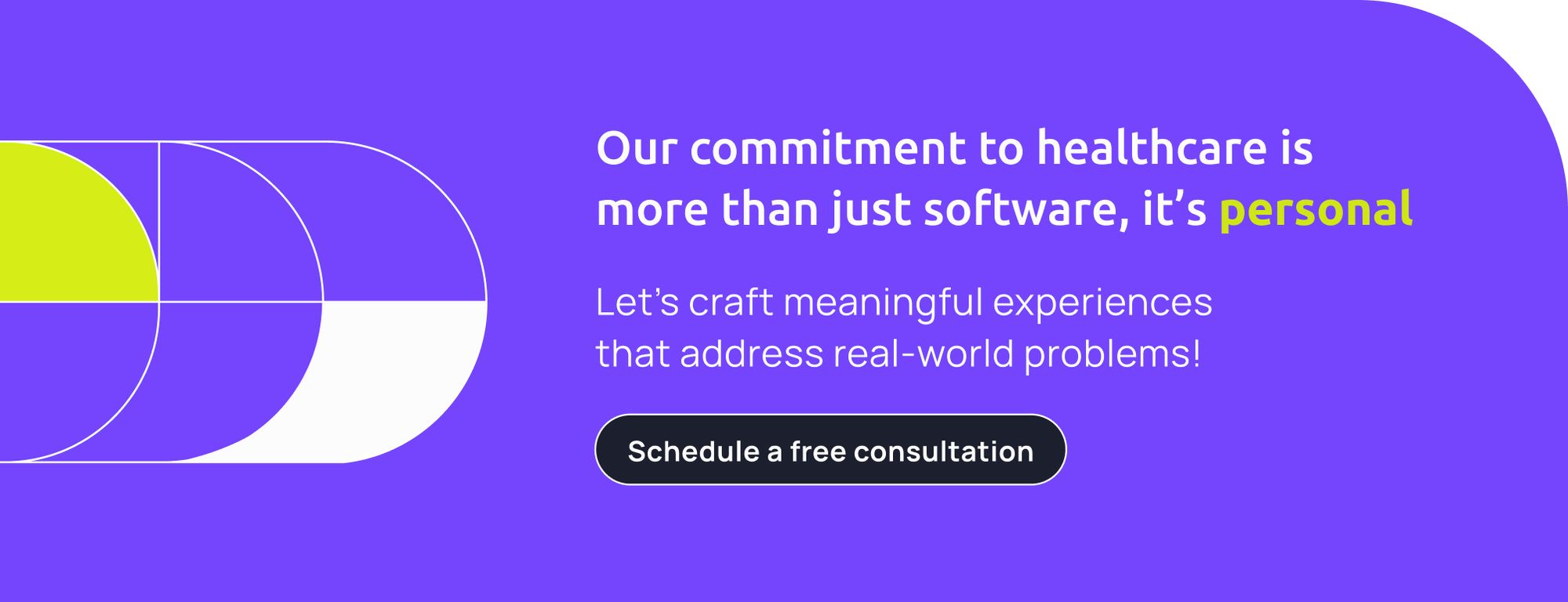STEM stands for science, technology, engineering, and maths. STEAM represents STEM plus the arts – humanities, language arts, dance, drama, music, visual arts, design, and new media.
At first sight, you might think it's just the same with one more letter. Or that adding the arts is making a STEM project "look prettier," but that's not the point. The value of integrating the arts is about innovation, problem-solving, and achieving better results thanks to interdisciplinary thinking.
Not long ago, innovation was associated exclusively with STEM, and professionals with this background were chosen to lead innovation at companies. But think about the most thriving innovators like Leonardo Da Vinci, Albert Einstein, or Steve Jobs. These exceptional minds understood early the importance of including arts in their processes. They built their careers and business from science, technology, engineering, and math and integrated arts to encourage discoveries and innovation.
And they did a good job, huh?
It turns out scientists and artists have more similarities than differences, and those who can blend both skills are most likely to succeed.
"The greatest scientists are artists as well." - Albert Einstein
STEAM Education: Blending science and arts
That's why it's important to promote STEAM education, preparing students to confront real-life problems with creativity and critical thinking. We need to forget about pigeonholing students as "good in math" or "good in the arts." Students need to acquire holistic skills to succeed in an integrated and advanced society and professional world.
Just think about it; while STEM focuses exclusively on hard scientific concepts and skills to drive progress, STEAM examines the same concepts, adding creativity and soft skills to the equation.
Blending the sciences with the arts, the quantitative with the qualitative, great potential arises, causing unexpected results and exponentially increasing value.
Art is naturally creative, and when we merge it with science, we use the knowledge and skills acquired by science in a creative way, which will sooner or later lead to innovation.

Design Thinking: A STEAM Approach Towards Innovation
Design Thinking can be an excellent tool to bring the arts into a STEM environment; in fact, at Light-it we use this approach all the time to solve real-life problems with technology.
In a nutshell, Design Thinking is a methodology, inspired by the design process which's aim is to tackle complex problems and find creative solutions. How? It presents a 5-step framework in which we understand the human needs involved and how things function, and explore innovative solutions, to ultimately validate if they solve the problem in a better way.
Design Thinking has become a popular approach to innovation in the best tech companies, universities, and schools, and it's a clear example of how blending the arts into STEM encourages innovation.
Check out this blog post to learn more about Design Thinking!



